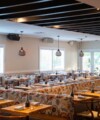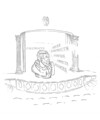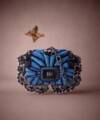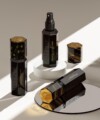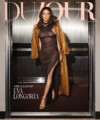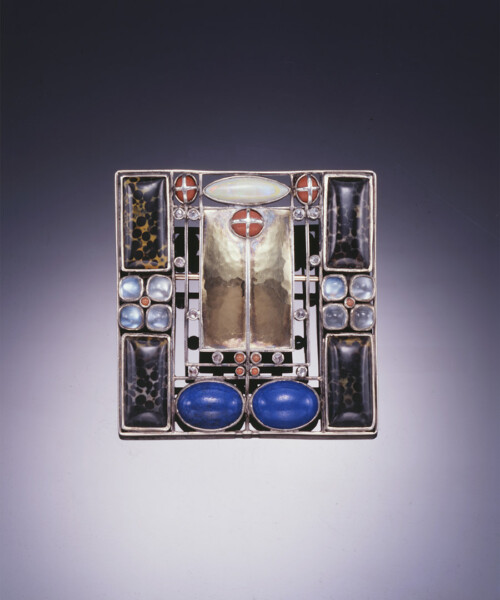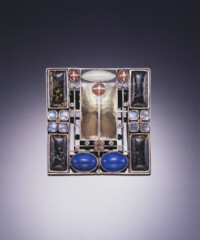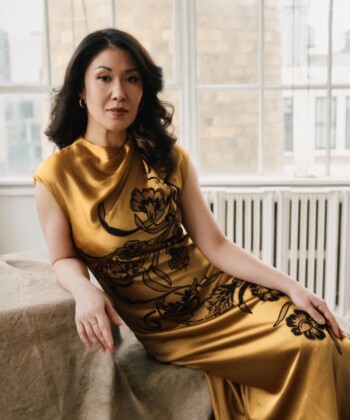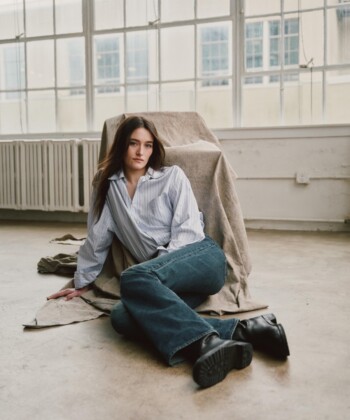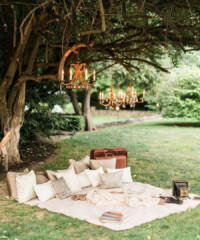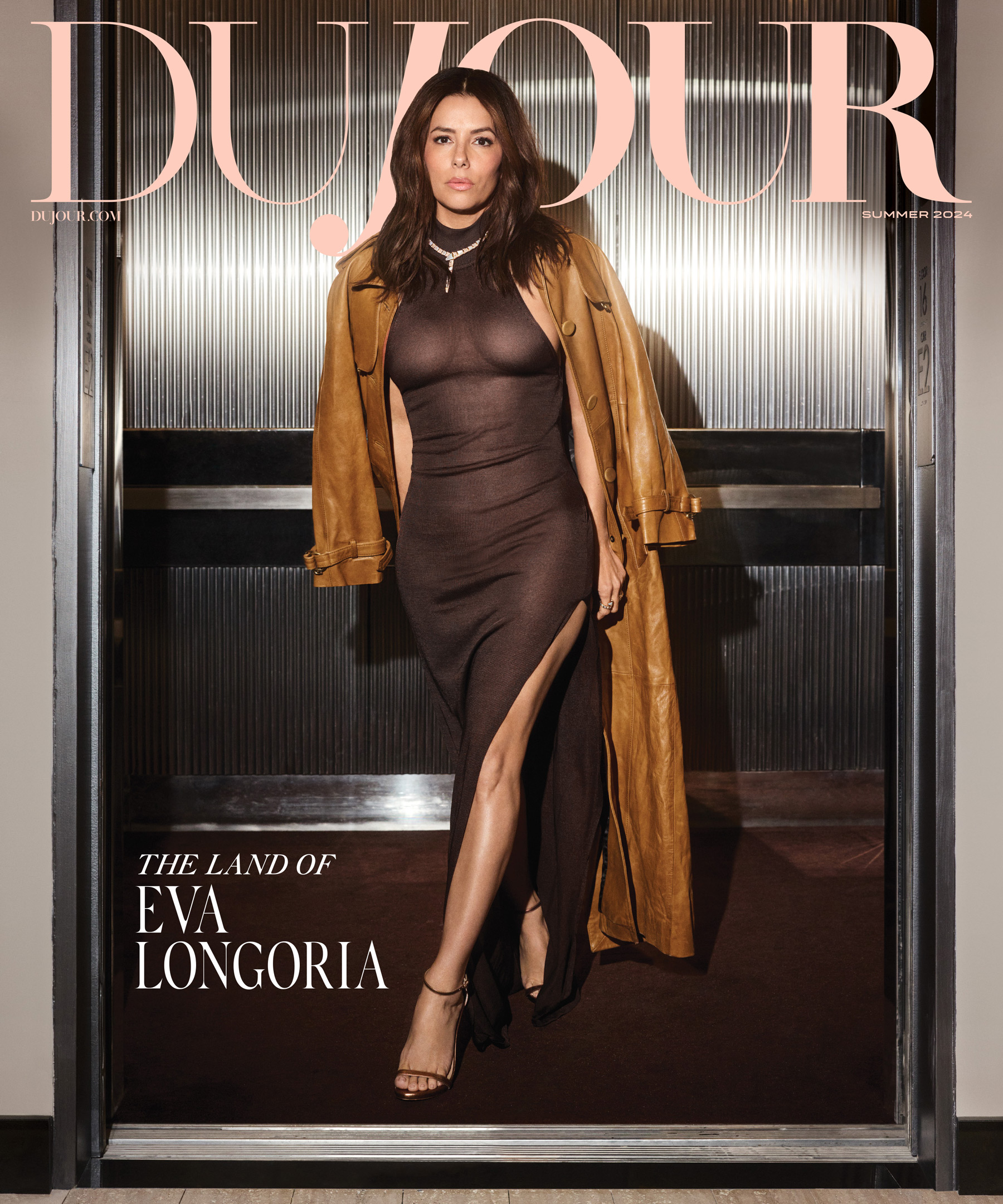Today, art and wealth are often synonymous, usually in the context of some ludicrous ticket price based on art market whimsy rather than a work’s raw value. But during the Wiener Werkstätte, a school of design in fin de siècle Austria that emphasized precious materials and high-quality craftsmanship, and the subject of Neue Galerie’s new exhibit “The Luxury of Beauty,” luxury was part of the art itself.
The founders of the Werkstätte, architect and furniture designer Josef Hoffmann and early graphic artist Koloman Moser, were peers of Gustav Klimt, whom critics accused of being excessive and even pornographic for his gold-leafed paintings like Woman in Gold and The Kiss. By contrast, the work of the Wiener Werkstätte, which had a production headquarters in Vienna, was, while beautiful, also utilitarian. One tobacco case, for example, was made of gold and encrusted with lapis lazuli, turquoise, coral, and more.
As visually compelling as these materials were, they were only part of the value of the Werkstätte’s artistic body. “It was the attention and care that was lavished in producing these objects that gave them their merit,” says Neue’s curatorial director Janis Staggs. Still, the Wiener Werkstätte did cater to a select group, including banker and glass manufacturer Otto Primavesi (the tobacco case’s owner) who was such a devoted patron that he had Hoffman design his country home and fill it with Werkstätte objects, and Emilie Flöge, Klimt’s life partner and the woman pictured in “The Kiss.” (The show contains a photograph of Flöge dressed in a gown and jewelry from the house of Werkstätte – as embellished in real life as she was in Kilmt’s portrayals.) “If you could afford paintings by Klimt, and had an appreciation for his artistry, you were probably also a strong supporter of the Wiener Werkstätte too,” says Staggs.
While the Werkstätte would attempt to reach a broader clientele by producing postcards, including some of the earliest Christmas cards, the artisanal business model ultimately failed, and the workshop declared bankruptcy in 1932. And while future artists would attempt to combine fine art and material wealth, the subtle, contained elegance of “Luxury of Beauty” proves you can’t put a price on taste.





